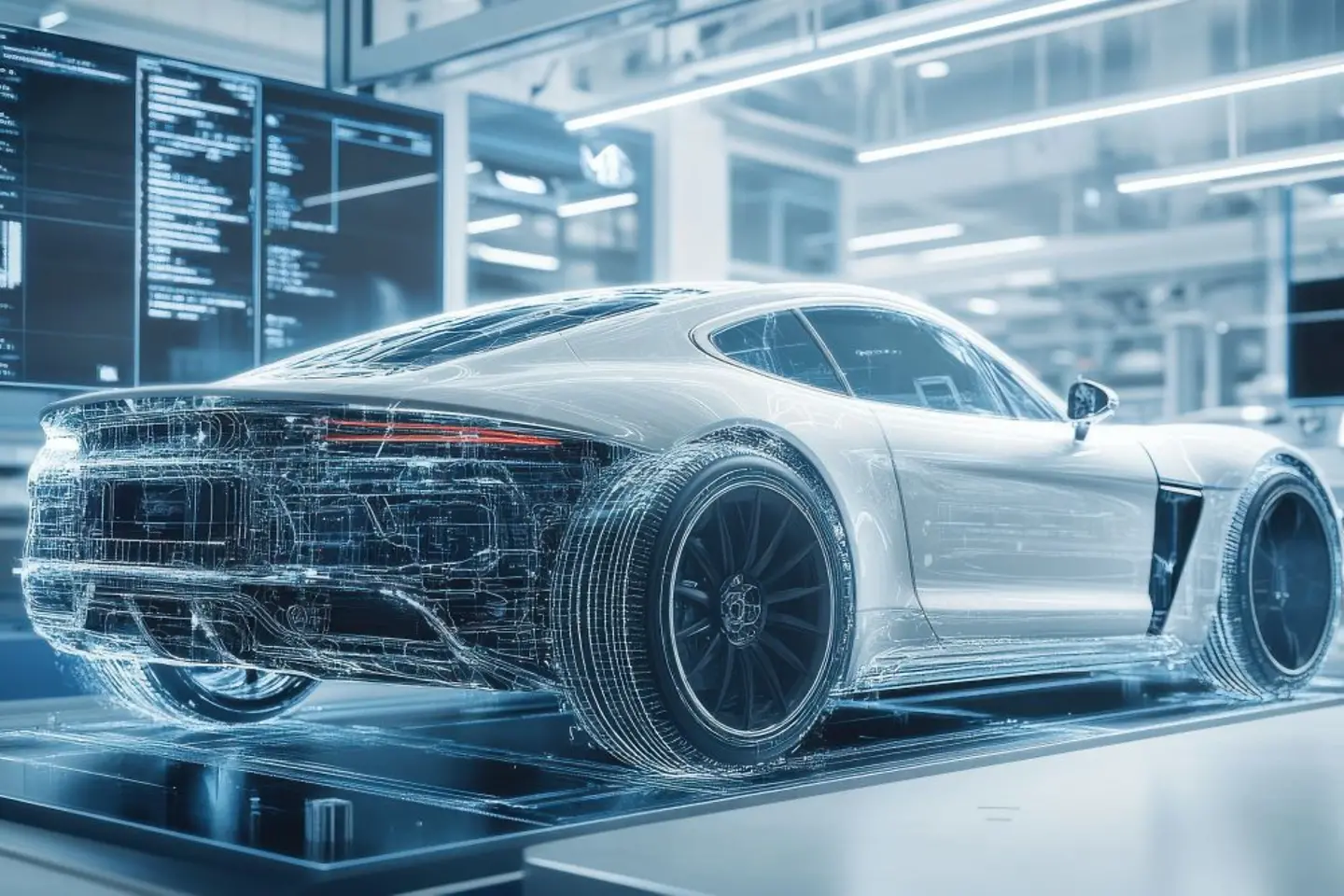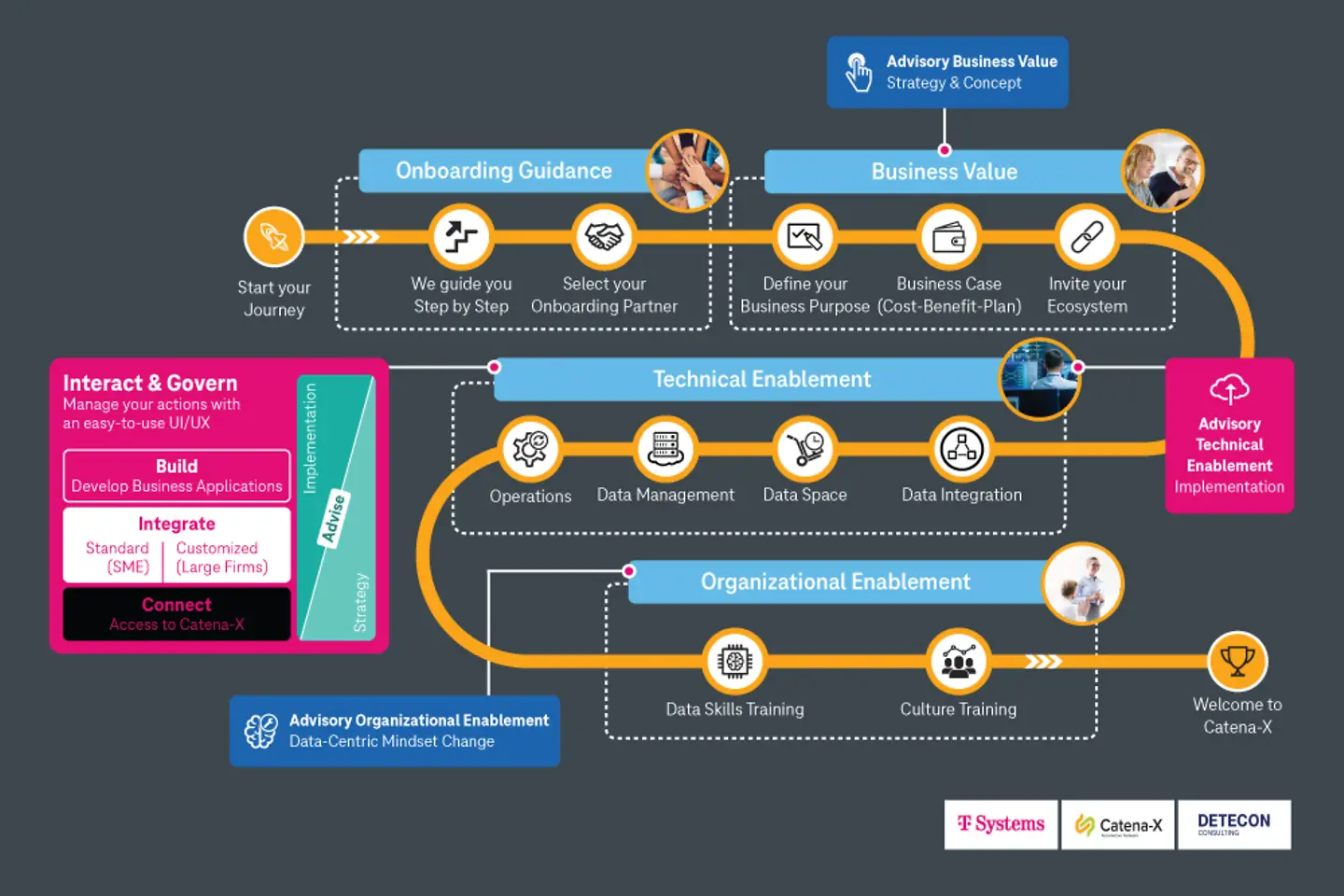
Based on European principles of Gaia-X and IDSA (International Data Spaces Association), Catena-X empowers the automotive industry to harness the hidden business value by building end-to-end data chains throughout the automotive value chain. Catena-X orchestrates an environment in which manufacturers, suppliers, dealers, recyclers, business application developers, and platform & infrastructure providers participate equally to create a uniform standard for data sharing along the entire automotive value chain.
Catena-X uses existing Gaia-X architecture to address the challenges in automotive industry such as, supply chain resiliency, compliance, sustainability, and regulatory needs. Existing point-to-point networks do not capture the entire value chain which is essential for developing collaboration models. With Catena-X, companies can easily connect to novel business applications to become compliant, close information gaps and foster innovation. The flexibility offered to partners to develop and distribute solutions, apps, and data-driven business models, and monetize data lays the trustworthy architecture for the future of data economy.
T-Systems’ industry knowledge and technical expertise enable us to provide 360° services and products for Catena-X. We carefully take into consideration your data journey and offer advisory workshops for “Catena-X Strategy & Concept” via our consulting partner, Detecon.
With our extensive experience in IT-system integration we help your system landscapes to get connected to Catena-X. As a pioneer in data space technology, we help companies to build their own data spaces to simplify data transfer and make data ready for Catena-X with full sovereignty protection.

A work result of the Catena-X Automotive Network consortium project, funded by the Federal Ministry of Economics and Climate Protection. Funding reference: 13IK004*
Source: https://catena-x.net/de/catena-x-einfuehren-umsetzen/einfuehrung-von-catena-x
With T-Systems’ & Detecon’s data sovereignty offering portfolio, companies of any size can find themselves to:
You can display all external content on the website at this point.
I agree that personal data may be transmitted to third-party platforms. Read more about this in our privacy policy.